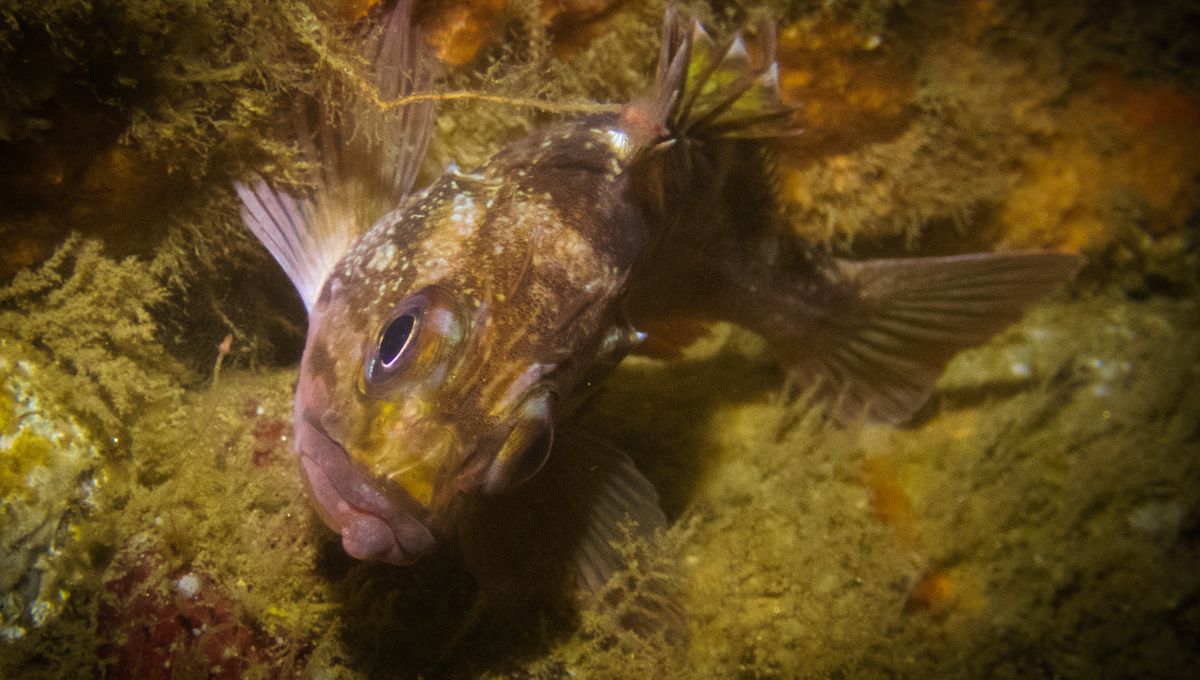
Living for over 100 years isn’t within the grasp of many animals, but for rockfish, it’s on the cards. This group, made up of several species, bucks the trend of size corresponding to age, with some of the most monstrous specimens (the biggest can be a quarter ton) only clocking lifespans of a few decades, meanwhile, some of the more modestly sized individuals can go beyond 200 years.
Aging a fish is a bit like aging a tree as you can look for rings in otoliths – their earstones – with each ring corresponding to a year. They record the years because seasonal changes give rise to opaque and translucent rings, but you can only see them if you’re looking with a microscope.
Looking at the otoliths of rockfish has revealed that across the group, species can live from 11 to over 200 years. To find out why some lived so much longer than others, a 2021 paper decided to peer into the genomes of 88 species.
Doing so revealed an example of convergent evolution, whereby the longest-living species had independently evolved longer life through a variety of genetic mechanisms. The genetic drivers included pathways associated with immunity, inflammation, and DNA repair, all considered to be key contributors to aging and mortality.
The findings shine a light on effective routes for longevity among fish, but they could also one day help us work towards anti-aging therapies for humans, too.
“Our results highlight selective signatures in pathways underlying ‘hallmarks of aging’ that are conserved across all eukaryotes (e.g., DNA damage and nutrient-sensing pathways) as well as in vertebrate-specific hallmarks such as immunity and inflammation,” wrote the authors. “Chronic inflammation (‘inflammaging‘) in particular has emerged as a key therapeutic target in humans, and our results identify a specific gene family, the butyrophilins, that may play a role in modulating life span in rockfishes.”
While animals like the naked mole rat often spring to mind – and what a mental image to behold – the ocean is a real treasure trove when it comes to long-living animals. Of all things, the atomic bomb enabled us to learn that Greenland sharks can live to be 400 years old, meanwhile the immortal jellyfish has found a way to basically never die, unless it gets eaten.
Aging is a natural and necessary part of life, but developing therapeutics that help us do it without the rigmarole of symptoms and cancer risk could lead to a better quality of life for many people. So, show us how it’s done, rockfish.
The study is published in Science.
[H/T: Haaretz]
Source Link: 200th Birthday Celebrations Are On The Cards For Some Long-Living Rockfish